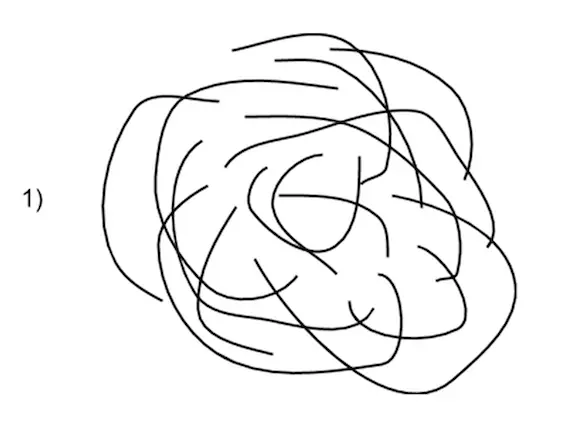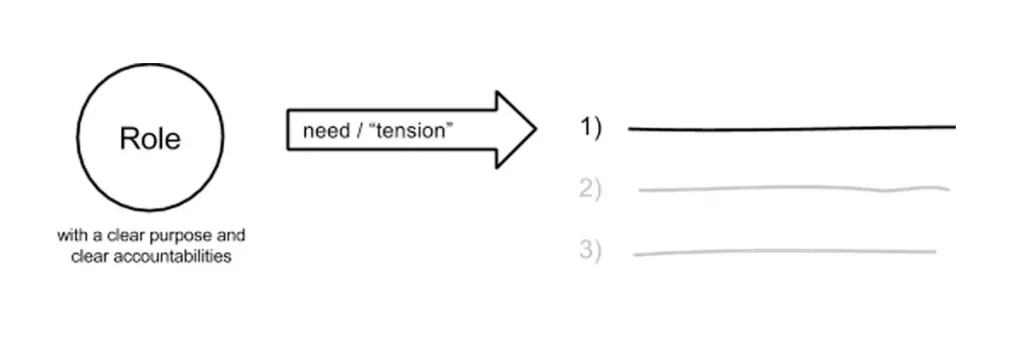One Thread at a Time
The agile discipline of Holacracy meetings
The agile discipline of Holacracy meetings

You’ll hear that meetings in Holacracy follow a rigid structure. It’s true, and there is a purpose to it: speed.
I’m not jazzed when I hit a red light on the road, but I understand that red lights actually improve the overall traffic flow. Similarly, the rules in Holacracy allow more speed overall, even though they get in your way at times.
A key feature of Holacracy meetings that illustrates this point is the focus on processing one issue at a time. Let’s see what it concretely means.
How it usually goes: Someone (often the manager) puts a *big issue* on the table for the team to discuss. Like all *big issues*, it has many underlying causes and ramifications. Everybody participates with their related-but-often-not-quite-on-topic issue. The result, some might say, looks like a ball of yarn.

And it makes sense: “issues” are multi-faceted, often complex, and people have various opinions about things. In a free-for-all meeting, what else do we expect?
Meetings in Holacracy follow the same principles as in agile software development: they break down the *Big Issue* into smaller pieces. How? By focusing the discussion on one thread at a time.

“But who decides how to break it down in the first place?” you might ask. Indeed, who hasn’t seen half a meeting spent discussing precisely how to break down the issue?
Holacracy’s answer: everyone can add items to the agenda. When we get to your item, the only goal of the discussion is to help you get what you need to address that specific issue, as you sense it.
How do we know the item is relevant to the work of the team in the first place? Because each “tension” you bring up is anchored in something needed by your role in the team.

In many ways, the rules of Holacracy meetings simply codify good manners.
The pro’s:
The con’s:
Note that those meetings are *not* designed to catch up on our personal life and socialize. Their focus is on the work. Don’t get me wrong — personal discussions are hugely important too. The rules of Holacracy simply ask us to save them for the 95% of the time we’re not in a meeting.
To learn more about self-management, join a community of pioneers and check out our e-courses → Self-Management Accelerator